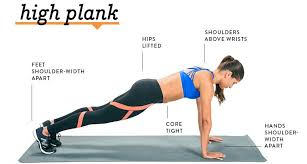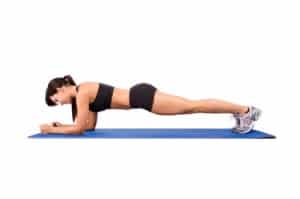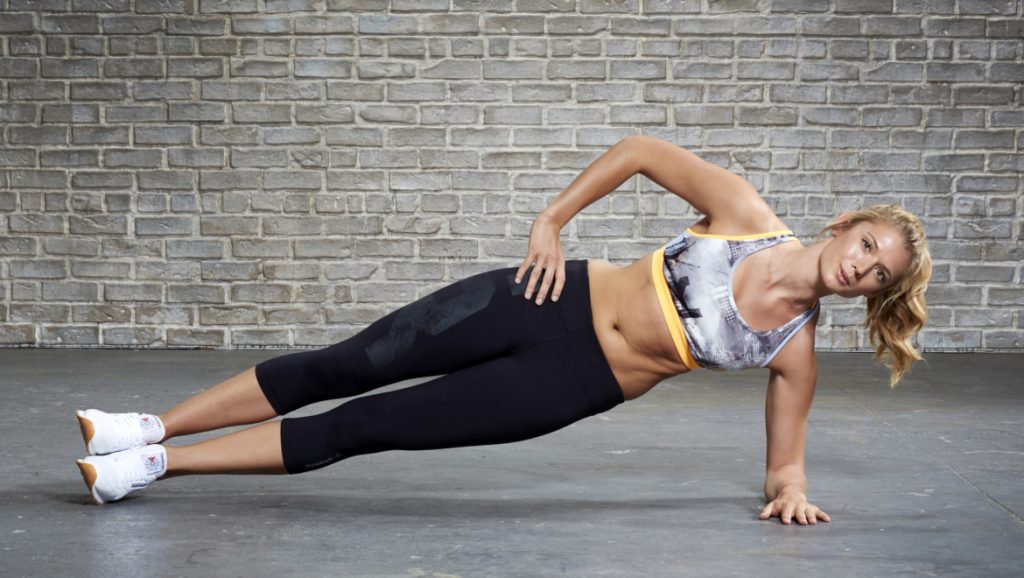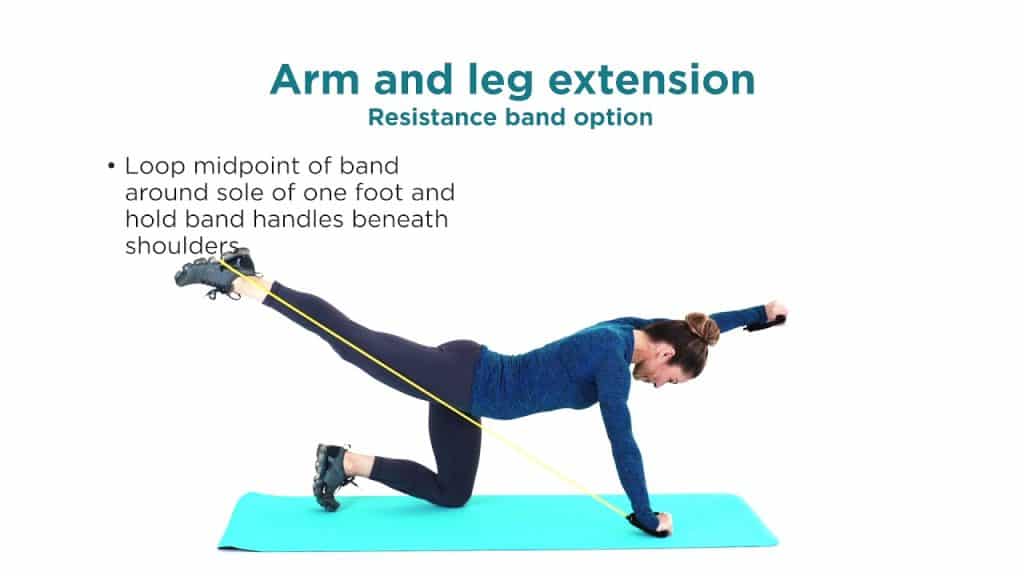Planks are one of the most popular bodyweight exercises.
Planks can help increase your flexibility. While it may not feel like it, planks are a great way to stretch out the lower half of your body.
While crunches are arguably the most common abdominal exercise, they may not be the most effective way to build muscle and strengthen your core.
Plus, core training is about more than having a beach-ready body. Effectively working out your core can improve stability, reduce injury, and maintain mobility.
But if you’re continuously doing crunches and situps at the gym with the hopes of achieving a sexy six-pack, you may be exercising in vain.
Try planks. A great alternative to crunches, planks can help improve core strength and stability.
Planks: 2 types of common plank
High plank
Get into the top or start of a pushup position. Keep your palms and toes firmly planted on the ground, your back straight, and your core tight.
A saggy back or bottom during a plank can result in lower back pain, later on, so be sure not to compromise your form. Do not let your head sag.

In addition to your core, the high plank also uses your body weight to sculpt your shoulders and arms.
Low plank
Lower down to your forearms, maintaining the same positioning and form as the high plank.

Chaturanga Dandasana or Four-Limbed Staff Pose, also known as Low Plank, is an asana in modern yoga, in which a straight body parallel to the ground is supported by the toes and palms, with elbows at a right angle.
Side planks
Want to incorporate planks into your everyday regime? Try these different variations on the classic exercise.
If you want to target your side abdominals and strengthen your spine, try side planks.

A study published in Global Advances in Health and Medicine found that side planks could also help reduce spinal curvature in scoliosis patients.
That means they can even help reduce the chances of spinal problems, or the need for corrective surgery in the future.
- Lie on your right side and prop yourself up onto your right forearm, which should be on the ground. Your elbow should be in line with your shoulder.
- Raise your hips up so that your body forms a straight line to the ground, and along with the floor, your body forms a triangle shape.
- The sides of your right foot will also be braced on the ground. You can try stacking your left foot on top of your right foot or placing both feet on the ground.
- If you want to increase your balance challenge, try lifting your free arm in the air. Remember to switch sides!
Arm and leg extensions
To boost your balance, try shoulder touches.

Can help your posture
If you’re experiencing back pain from sitting at an office desk all day, here’s some good news: Planks can help improve your posture!
By strengthening your back, chest, shoulders, neck, and abs, this exercise makes it easier to keep your shoulders back and your lower back in a neutral position.
While sitting or standing two vital components of good posture.
Planks also help you develop isometric strength in your core muscles, which gives you the power to keep from hunching while standing or sitting for long periods of time.
Can help increase your flexibility
While it may not feel like it, planks are a great way to stretch out the lower half of your body.
Getting into the hold position lengthens your hamstrings as well as the arches of your feet, making the plank pose a dual strength and stretch exercise.
If you want to stretch your sides, side planks with an extended arm can target that individual area of your body.
Planks Are easy to modify
While the classic plank is a great go-to exercise, planks can also be modified and added to in order to suit what your body needs.
Dropping to your forearms in the plank position is one modification you can do. Increasing the length of time you hold the pose is another way to maximize the exercise.
Make two minutes your maximum time limit. If you’re looking to increase your athletic performance, research shows that repeated 10-second holds may be the best workout.
Start with a 15- to 30-second hold, and increase your time from there.

